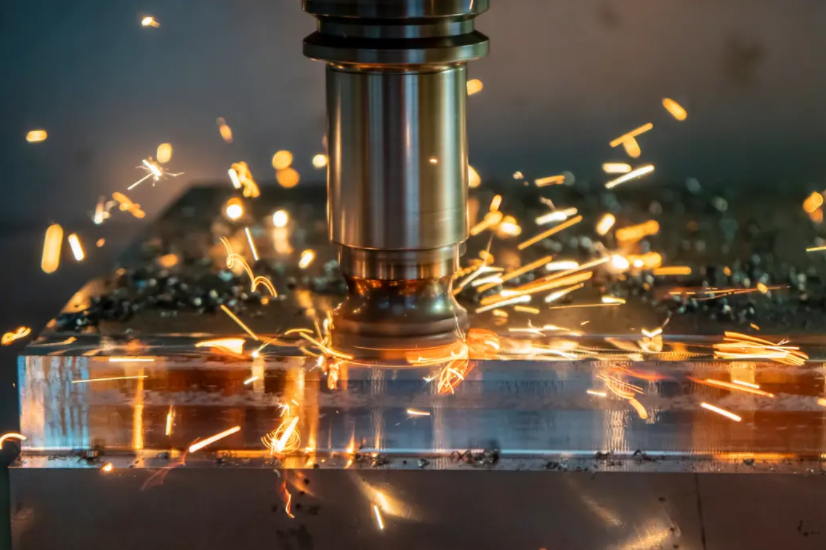Prototype casting is a fascinating art form that involves creating models or prototypes of objects using various casting techniques. It is a process that has been used for centuries to bring ideas to life and test their functionality before mass production. In this article, we will delve into the world of prototype casting and explore the techniques, materials, and applications of this intricate craft.
One of the primary techniques used in prototype casting is known as investment casting, also referred to as lost-wax casting. This method involves creating a wax model of the desired object, which is then encased in a ceramic shell. Once the shell is dry, it is heated to remove the wax, leaving behind a hollow space. Molten metal is then poured into the shell, filling the void and taking the shape of the original wax model. After the metal cools and solidifies, the ceramic shell is broken away, revealing the final cast object.
Another commonly used technique in prototype casting is sand casting. This method involves creating a mold by packing sand around a pattern or model of the object. The mold is then carefully removed, leaving behind a cavity that is subsequently filled with molten metal. Once the metal solidifies, the mold is broken away, and the cast object is revealed. Sand casting is often used for larger objects or when intricate details are not required.
In recent years, with advancements in technology, 3D printing has also become a popular technique for prototype casting. 3D printing allows for the creation of highly detailed and complex models using computer-aided design (CAD) software. The printed models can then be used as patterns for traditional casting methods or directly transformed into molds for casting. This technique has revolutionized the field of prototype casting, making it more accessible and efficient than ever before.
The choice of materials for prototype casting depends on the desired properties of the final object. Metals such as aluminum, bronze, and stainless steel are commonly used due to their strength and durability. However, other materials like plastics, rubber, and even glass can also be casted for specific applications. The selection of the material is crucial as it determines the functionality, aesthetic appeal, and cost of the final product.
Prototype casting finds application in a wide range of industries. In the automotive industry, prototype casting is used to create engine parts, gears, and various components for testing purposes. In the jewelry industry, it is employed to create intricate and unique designs before they are mass-produced. In the architecture and design fields, prototype casting allows for the creation of scale models and prototypes to visualize and test architectural concepts.

The art of prototype casting requires a combination of technical skill and artistic creativity. It is a meticulous process that demands attention to detail and precision. A successful prototype cast depends on the craftsmanship of the caster, the quality of the materials used, and the ability to translate the vision into a tangible object.
In conclusion, prototype casting is a captivating art form that enables the transformation of ideas into physical objects. Whether using investment casting, sand casting, or 3D printing, this craft allows for the creation of prototypes that can be tested and refined before full-scale production. With its wide range of applications and the continuous advancement of technology, prototype casting will continue to play a vital role in the world of manufacturing and design.
-

- OEM Die casting manufacturer produce magnesium alloy auto dashboard
-

- Magnesium alloy die-casting Auto parts Side step Running board
-

- OEM die-casted parts& components
-

- Mangensium alloy die-casting Thixomolding metal parts
-

- Custom-made metal parts macbook middle board produced
-

- Wholesale Magnesium Alloy Baby Cycle For 3 To 5 Years Old 12 Inch Kids Cycle OEM Cheap

 0086-750-5616188
0086-750-5616188 +86 13392089688
+86 13392089688 sales@zhongmei-tech.com
sales@zhongmei-tech.com







